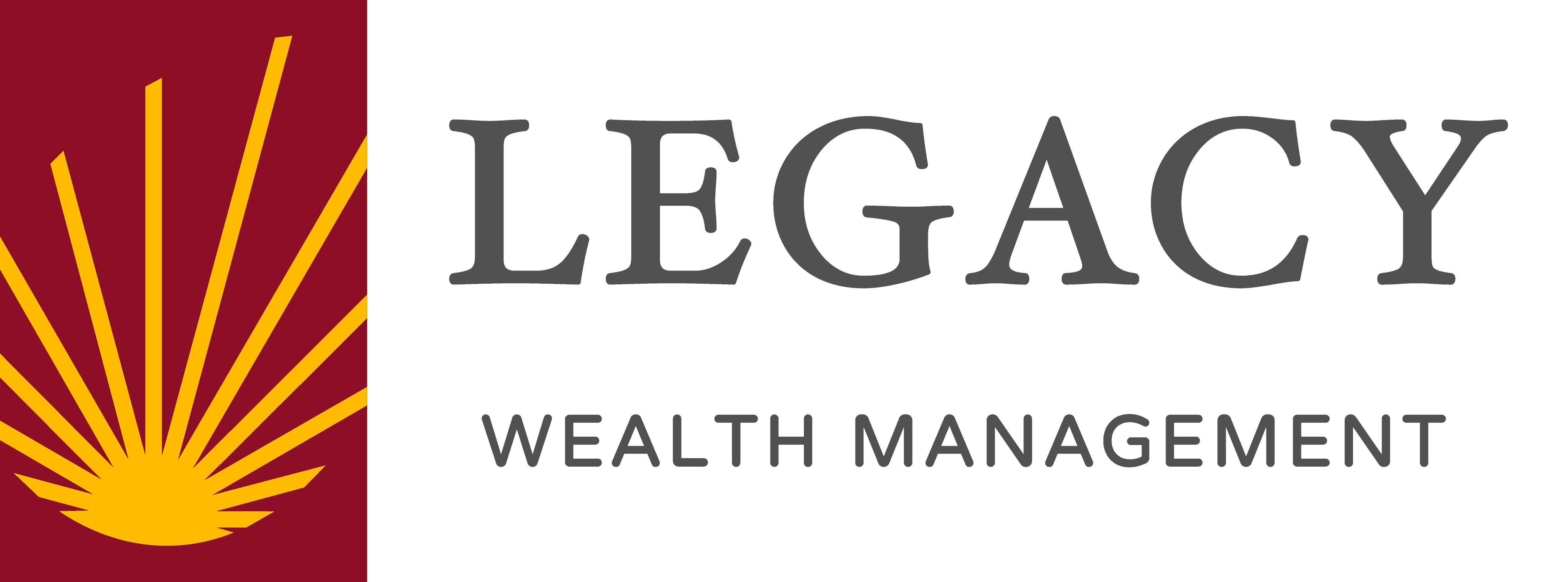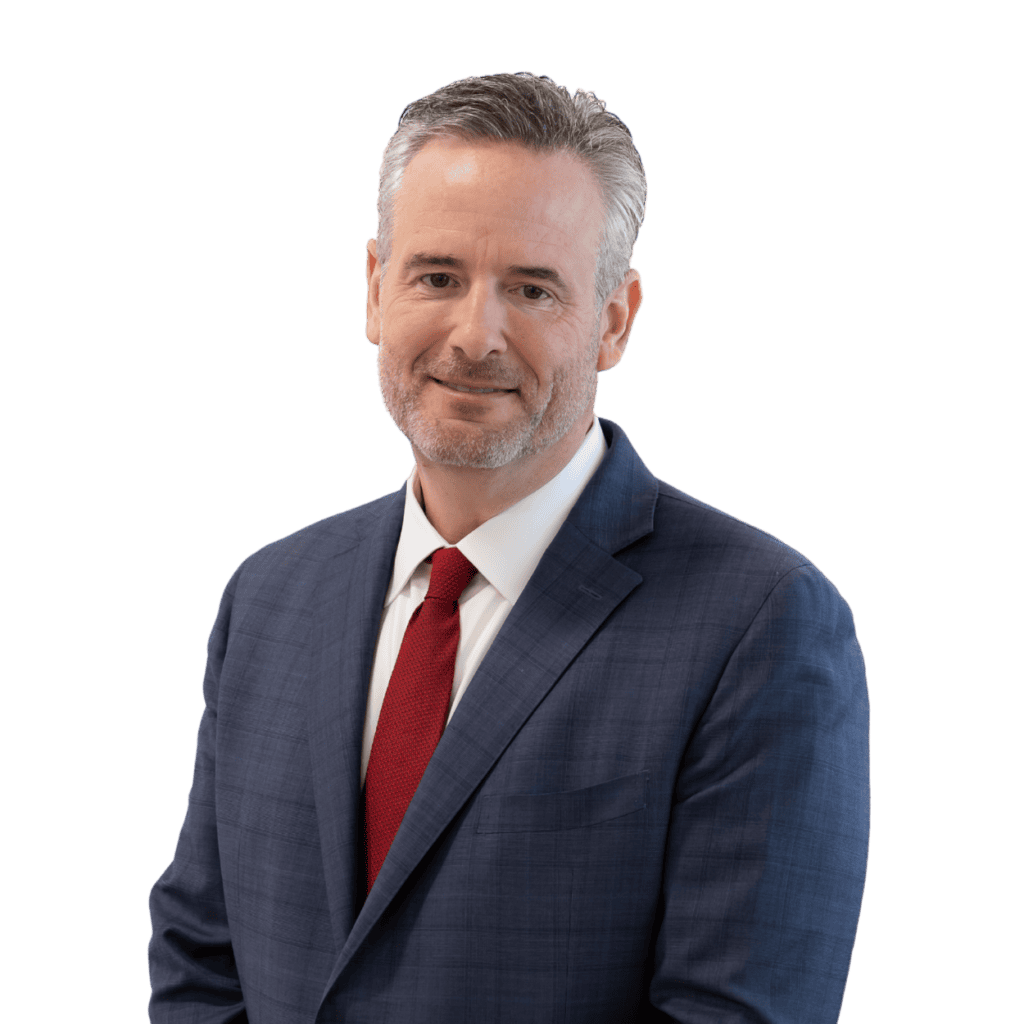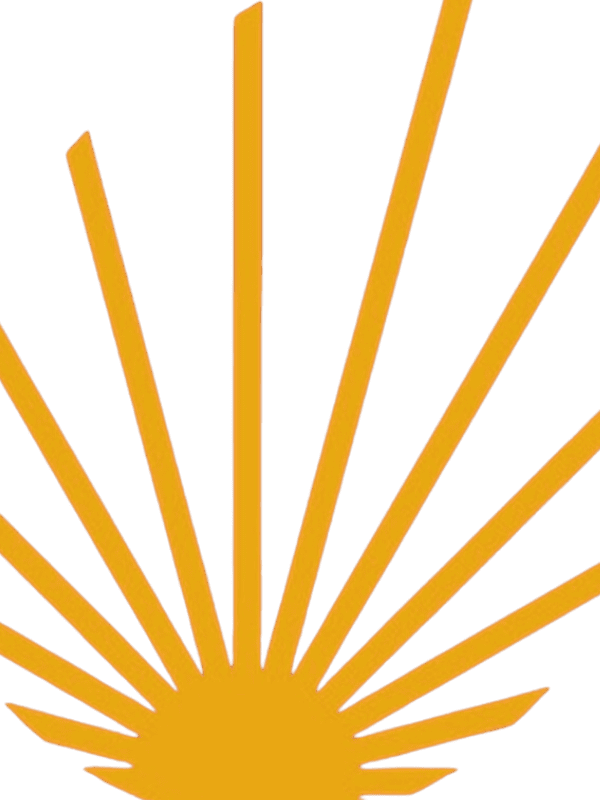As you approach retirement, having a clear view of your financial picture is of the utmost importance. But many high earners unknowingly create roadblocks for themselves by keeping retirement savings scattered across multiple accounts.
It happens slowly: A 401(k) from a job five years ago, a Roth IRA you opened in your thirties, a pension benefit you vaguely remember electing, stock options you haven’t thought about since last bonus season. You’re earning well, you’ve been saving, and you assume it will all work out. But over time, as accounts multiply and life gets busier, your financial picture can start to look more like a junk drawer than a well-organized plan.
If this rings true for you, you’re not alone. In fact, as of mid-2023, about 25 million U.S. households—62% of those with traditional IRAs—held accounts with rollover assets, often from multiple former employers. Over time, even the most diligent savers can end up with a maze of retirement accounts and no clear plan.
It’s time to get intentional about where your assets are and how they can work for you. Let’s talk about why organization matters and how you can take control of your retirement future.
The Hidden Cost of a Disorganized Retirement
At first glance, having retirement assets “everywhere” might not seem like a problem. After all, it’s still your money. But scattered accounts can create a number of issues that chip away at your wealth-building efforts.
- Unrealized Potentials. With assets fragmented across multiple accounts and institutions, you may be missing chances to rebalance, consolidate fees, or take advantage of tax planning strategies like Roth conversions or tax-loss harvesting. You might also be investing too conservatively—or too aggressively—without realizing it.
- Unclear Picture = Unclear Path. When accounts are scattered, it’s hard to answer some of the most important pre-retirement questions. Am I saving enough? When can I realistically retire? How do I draw down these assets in a tax-efficient way? Without a consolidated view, even a seasoned professional can feel unsure. And the stakes are high. In 2023 the National Retirement Risk Index indicated that about half of U.S. households may not be able to maintain their pre-retirement standard of living. Without a clear plan, many individuals risk contributing to that shortfall without even realizing it.
- Increased Risk of Overlap or Gaps. Disorganization can lead to duplicated holdings or unintentional risk concentrations (think: five mutual funds that all track the same large-cap index). On the flip side, you might be missing entire asset classes that could help balance your portfolio.
- Estate Planning Headaches. For high earners focused on legacy, the implications stretch beyond retirement. Scattered assets can complicate estate planning, delay distributions, and even cause friction among heirs. If beneficiary designations are outdated or missing, your assets might not end up where you intended.
A Wake-Up Call, Not a Scolding
Let’s be clear: If your retirement savings are a little messy, you’re not alone. It’s not uncommon for clients to start with a patchwork of accounts. However, don’t let that patchwork stay fragmented forever. Think of this as a mid-career audit. A gut check. You’ve worked hard to get here, and now it’s time to be just as intentional with your retirement planning as you are with your career, your family, and your future goals.
Here are some things pre-retirees can do now to set themselves up for success:
- Take Inventory. List every retirement-related account: 401(k)s, IRAs, pensions, brokerage accounts, HSAs, annuities, stock options, ESPPs—whatever you’ve got. Include account types, balances, providers, and any known fees or investment allocations.
- Update Beneficiaries and Contact Info. You’d be surprised how many people still have ex-spouses or outdated family members listed as beneficiaries. Now’s the time to fix that.
- Assess Consolidation Opportunities. Rolling over old 401(k)s into a single IRA (or your current employer’s plan) can simplify management, reduce fees, and give you more control. But this decision should be weighed carefully with a financial advisor to ensure there are no tradeoffs in protections or access.
- Build a Centralized Strategy. Once your accounts are organized, you can develop a plan that reflects the whole picture. That includes aligning investments with your timeline, mapping out tax-efficient drawdown strategies, and preparing for big transitions like retiring before age 65, funding healthcare, or dealing with Social Security.
A Better Future Starts with a Better View
Retirement is a process, and like any complex endeavor, it’s easier to manage with a map. By organizing your accounts and gaining clarity around your savings, you unlock the ability to make better, clearer decisions both about when you can retire and how.
At Legacy Wealth Management, we partner with professionals, executives, and business owners to bring structure to the chaos and strategy to every stage of the journey. If you’re looking for a second opinion or simply want to feel more confident in your plan, let’s talk.







